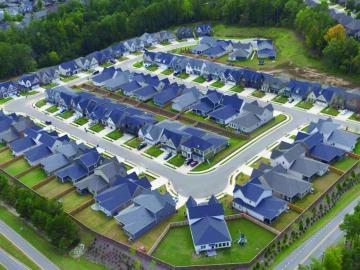Robert Hettich: Decoding biological complexity with next-gen mass spectrometry
Filter News
Area of Research
- (-) National Security (2)
- Advanced Manufacturing (5)
- Biology and Environment (28)
- Building Technologies (2)
- Computer Science (2)
- Electricity and Smart Grid (1)
- Energy Science (66)
- Energy Sciences (1)
- Functional Materials for Energy (1)
- Fusion and Fission (4)
- Fusion Energy (1)
- Materials (12)
- Materials for Computing (4)
- Neutron Science (2)
- Nuclear Science and Technology (1)
- Quantum information Science (1)
- Supercomputing (8)
News Type
News Topics
- 3-D Printing/Advanced Manufacturing (2)
- Advanced Reactors (1)
- Artificial Intelligence (12)
- Big Data (6)
- Bioenergy (3)
- Biology (5)
- Biomedical (2)
- Biotechnology (1)
- Buildings (1)
- Chemical Sciences (2)
- Computer Science (19)
- Coronavirus (2)
- Cybersecurity (19)
- Energy Storage (2)
- Environment (5)
- Exascale Computing (1)
- Frontier (1)
- Fusion (1)
- Grid (6)
- High-Performance Computing (4)
- Machine Learning (12)
- Materials (2)
- Materials Science (3)
- Nanotechnology (1)
- National Security (35)
- Neutron Science (4)
- Nuclear Energy (5)
- Partnerships (5)
- Physics (1)
- Quantum Science (1)
- Security (11)
- Simulation (1)
- Summit (2)
- Transportation (2)
Media Contacts

Like most scientists, Chengping Chai is not content with the surface of things: He wants to probe beyond to learn what’s really going on. But in his case, he is literally building a map of the world beneath, using seismic and acoustic data that reveal when and where the earth moves.

To better determine the potential energy cost savings among connected homes, researchers at Oak Ridge National Laboratory developed a computer simulation to more accurately compare energy use on similar weather days.


